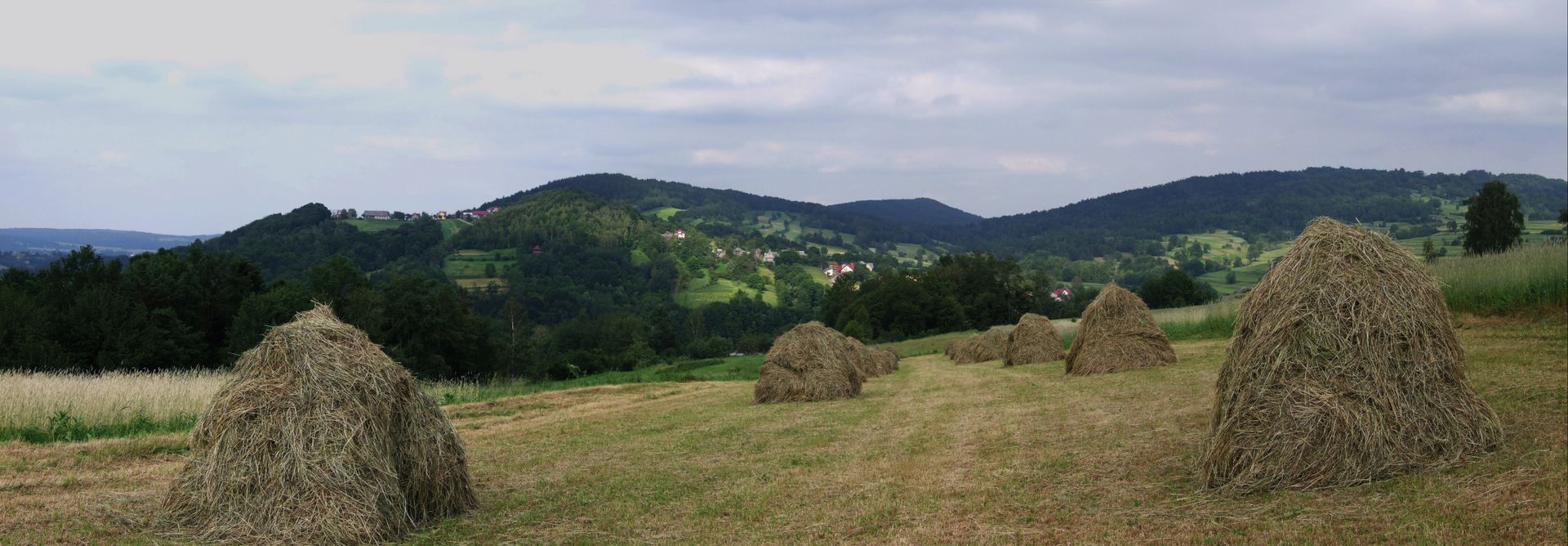Rajbrot
6.74

Overview
Rajbrot is a village in the Lesser Poland Voivodeship, located in the Western Carpathians, in the valley of the Uszwica River, surrounded by picturesque hills and forested mountains. It belongs to the Wiśnickie Foothills and the Beskid Wyspowy range, making it an attractive destination for tourists. The village has a rich history dating back to 1260, when the first wooden parish church was built. It is also known as a former royal village, and in the second half of the 16th century, it was part of the Szczyrzyc district. In the 18th and 19th centuries, Rajbrot gained a reputation as an agricultural community with resourceful inhabitants, as even noted in the 1888 Geographical Dictionary of the Kingdom of Poland. During World War I, the village became a site of military operations, resulting in the creation of several war cemeteries that still commemorate the tragic events. Cemetery No. 300 on Kobyła Hill and Cemetery No. 303 on Paprotna Hill are important memorial sites where soldiers of various nationalities, including Austrians and Russians, are buried. Architecturally, the parish church complex of the Nativity of the Blessed Virgin Mary stands out, listed on the Wooden Architecture Trail of the Lesser Poland Voivodeship, along with a distinctive wooden granary. Rajbrot also attracts nature lovers with its beautiful views, rock formations, and proximity to the Wiśnicko-Lipnicki Landscape Park. The area features numerous hiking trails through scenic landscapes, making Rajbrot an ideal place for trekking and nature exploration. During World War II, the village was active in the resistance movement, notably when the 12th Infantry Regiment of the Bochnia Land carried out a significant operation to free prisoners. Rajbrot is a village that combines rich history, unique architecture, and exceptional natural values, making it an interesting destination for both tourists and history enthusiasts.
Location
2025 Wizytor | All Rights Reserved